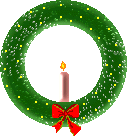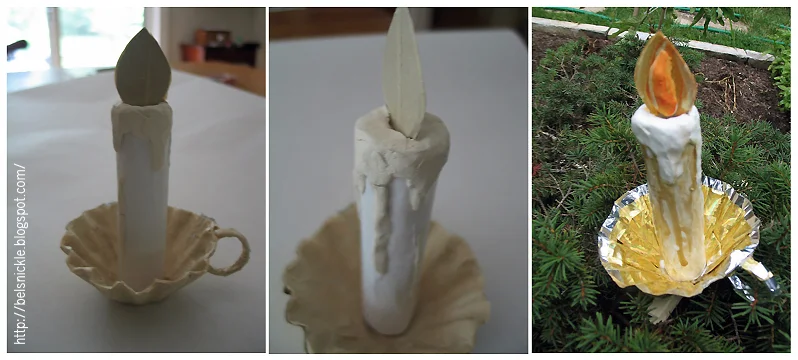 |
Above is a free coloring page of Santa for little one to use when assembling their December count down to Christmas calendar. |
If gifts are to be distributed it adds a great deal to the fun to have a bit of mystery about it. Santa Claus comes in with his pack on his back. After the usual preliminaries he announces that he has a wonderful lot of gifts in his pack, but that the only way a guest can get one of his wonderful packages is to guess what is inside each one of them; you know what this element of mystery will do for children!
Every package is identified to Santa of it's contents by a small label that only he can see clearly. But, the children are seated too far from the packages to read this small label.
All the gifts are wrapped up in tissue paper in strange shapes, so that there is no clue as to what they actually are. Santa Claus takes out one gift at a time from his bag and holds it up in front of the guests. Then he asks them to guess what it is. The first one to call out that it is a book, when it may actually look like a windmill or a giraffe or a ball, receives the gift. The gift must then be held onto the child with the first correct guess and not opened until all of the children have received a present from Santa. Then and only then are the children allowed to open their gifts and no further entertainment is necessary!
However, Santa Claus must be a very tactful and observant person. He may notice when one little child is too timid to speak up and say just what she thinks is in a package. So he picks out a gift, turns to her and says directly to her, ''Tell me, little girl, what do you think is in here?'' and then gives her easy clues to help her guess correctly, much to her delight. It may also be possible that other children may speak when it is inappropriate to do so, but Santa must act as though he has trouble hearing them if younger or shyer children are to be heard above the excitement.
Also, if there are both girls and boys guessing during the game Santa may need to specify - ''This next gift is something in which only girls are interested in. Let a boy make a guess at his own peril!" - so that the toys distributed come to those who will delight the most in them.




































